Association Leadership Spotlight: Ian Aastrom, Prairie Pipe Band Association of Manitoba – Part 1
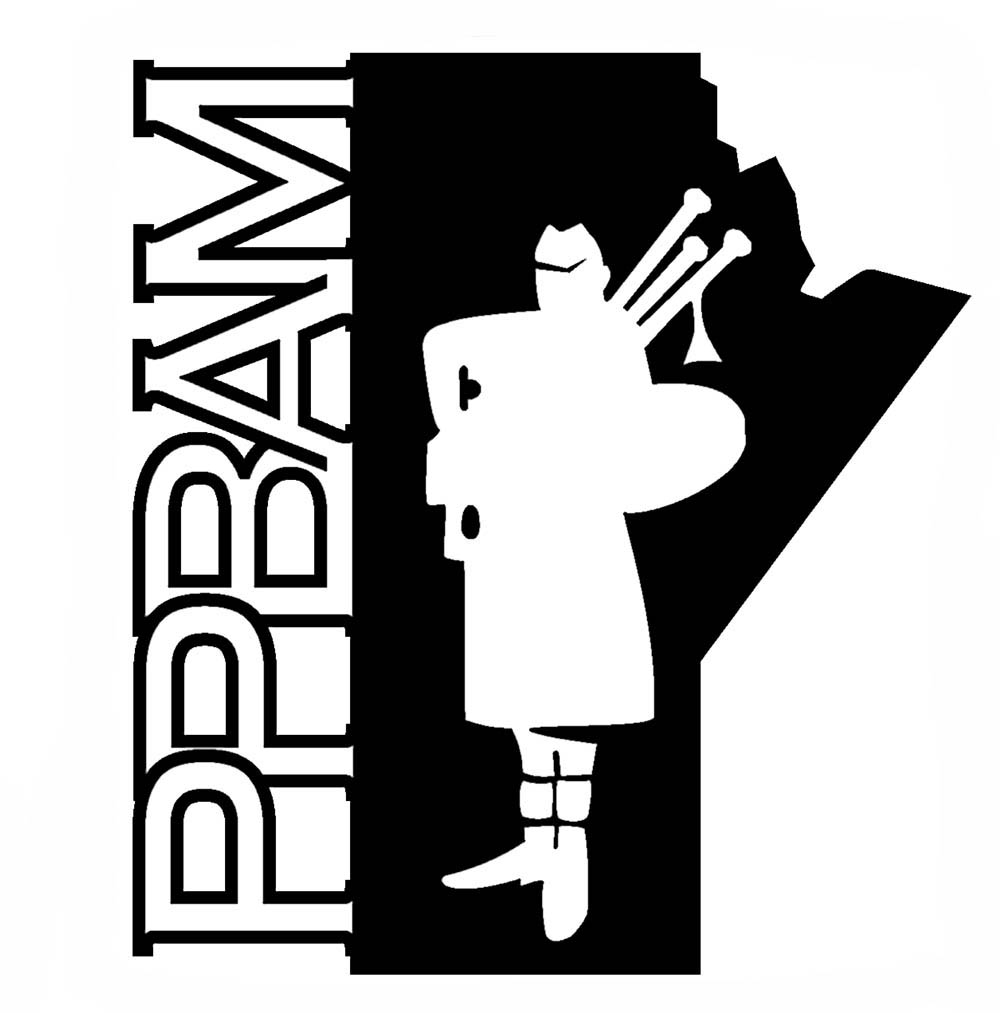 The Prairie Pipe Band Association was established in 1969. It initially consisted of three branches: Alberta, Manitoba, and Saskatchewan. In 1992, these branches became distinct associations, and the Prairie Pipe Band Association of Manitoba, as it is now called, has been led by Ian Aastrom for the past three years.
The Prairie Pipe Band Association was established in 1969. It initially consisted of three branches: Alberta, Manitoba, and Saskatchewan. In 1992, these branches became distinct associations, and the Prairie Pipe Band Association of Manitoba, as it is now called, has been led by Ian Aastrom for the past three years.
Aastrom started drumming in Penticton, British Columbia, in 1995 as an army cadet. The City of Penticton Pipe Band introduced him to the broader pipe band community. He was a percussionist and saxophone player in community concert and jazz bands, as well as singing in the town’s choir and two musicals.
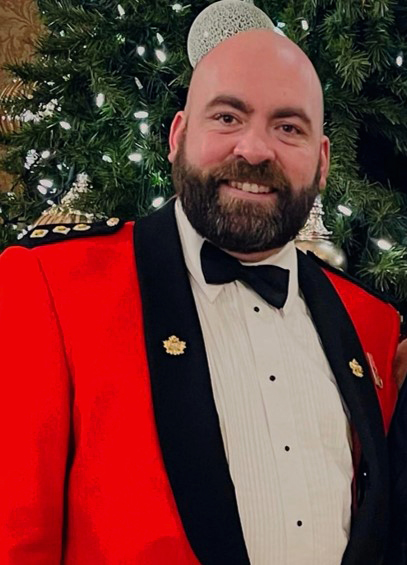
He was accepted to the School of Music at the University of Victoria in 2001, and there, he became involved with the Castle Cary Pipe Band and Maple Ridge Pipe Band while teaching in Victoria with the Canadian Scottish Regiment Army Cadet Band.
At university, he studied Music Education and spent several summers in Vernon, BC, teaching pipe band drumming in the Army Cadet program.
In 2005, Aastrom moved to Winnipeg for the University of Manitoba’s School of Music. He joined Transcona & District and then two seasons with Winnipeg Celtic and Grade 2 City of Regina.
He joined the Prairie Pipe Band Association of Manitoba’s board of directors in 2005 and soon received accreditation as a pipe band drumming judge. After a three-year break, he returned to pipe bands in 2017, and in 2020, he was elected vice-president of the association. He became president in 2022.
I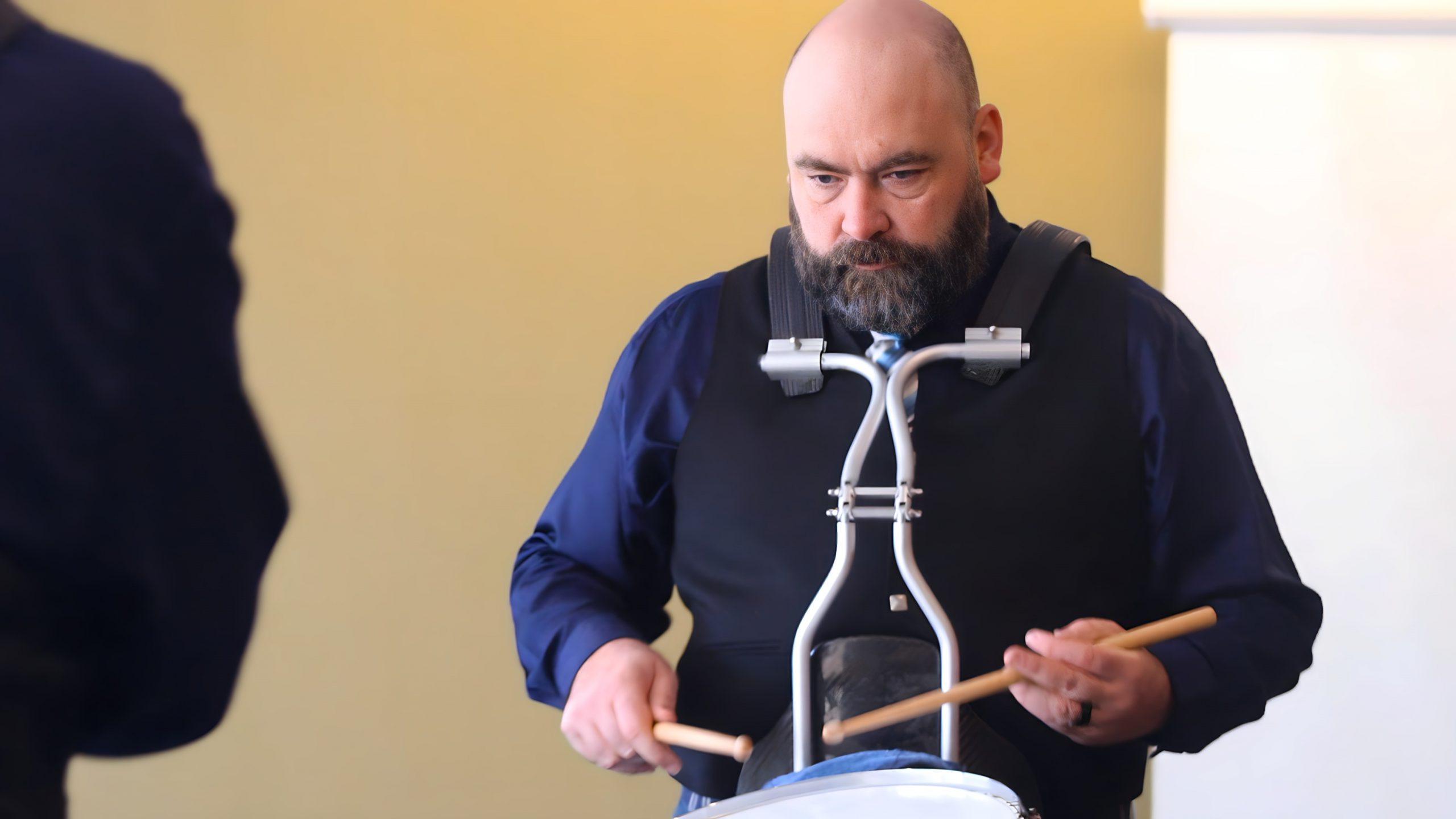 n 2023, Aastrom became the lead-drummer with Grade 2 Rocky Mountain for a season and is now a corps member of Grade 3 St. Andrew’s of Winnipeg.
n 2023, Aastrom became the lead-drummer with Grade 2 Rocky Mountain for a season and is now a corps member of Grade 3 St. Andrew’s of Winnipeg.
While the Prairie Pipe Band Association of Manitoba is relatively small, it is integral to the large province’s piping and drumming community, which dates back more than 150 years to when hundreds of thousands of Scots immigrants settled in western Canada.
As part of our continuing Association Leadership Spotlight series, we interviewed Prairie Pipe Band Association of Manitoba President Ian Aastrom to learn more about his organization. We’ll publish the interview in two parts.
Here’s a transcript of Part 1.
pipes|drums: It’s April 2025, and we are really pleased to be continuing our Spotlight Series with association leaders, with Ian Aastrom. He’s the president of the Prairie Pipe Band Association of Manitoba. And thank you very much, Ian. Really appreciate you taking the time
Ian Aastrom: My pleasure. It’s a real treat to be here.
p|d: Manitoba is in central western Canada and a vast province. What is the latest with the Prairie Pipe Band Association of Manitoba?
IA: The Prairie Pipe Band Association of Manitoba is, right now, in full swing of a rebuild coming out of the pandemic. We’ve lost a couple of bands. We membership was was quite low, and we’ve really taken a strong hand in in rejuvenating the interest in in piping and drumming with not just competitively, which is obviously a big part of what we do, but outreach to other pipe bands in the community that are focused on performance, so that we can offer them something, whether it’s through workshops or events and things like that, and grow our membership and grow our community, because We feel in terms of sustainability in the long term, that if we don’t do that, we’re going to run into jeopardy of of not having an association. And so since the pandemic, we’ve done a pretty good job of running some events, building up some chatter. And this year, as many probably have seen, with the Manitoba Scottish Festival, which is the first event that we ran as our indoor contest, it really created a lot of excitement and buzz, which is really positive.
p|d: It looks like it was quite a successful and comprehensive event, offering all grades that are practical for the area. Is that something you see as more associations doing, having to put on their own events that aren’t necessarily dependent on sponsors and other organizations, licensing a turnkey piping and drumming competition?
IA: It’s hard to speak for a lot of us. I think for a rural, independent, relatively isolated environment like we’re in, yes, it is because it is sustainable. Still, in the sense we recognize here, a limited human resource for putting on events. We did enjoy a time when there were lots of committees, lots of volunteers, and lots of enthusiasm for putting events on. We had a very robust circuit here. Twenty years ago, many of those people had gone away, and that’s common in many places, in conversations. And so for the association, this maximizes the resources that it has available to it, such as doing our own event. But doing it very well is very easy to do.
It at first looks pretty daunting. I will say that when you start planning logistics and all these things and money, because money goes into putting one of these things on, you can get past all of that. Yes, it is. It is very realistic and we have people to talk to, with neighbours to the west of us in Saskatchewan. I’ve leaned on Iain and Barb MacDonald a fair bit to bounce ideas and realize that some of these things are very doable.
p|d: On that note, what are some of your objectives? Rebuilding after the pandemic sounds like an objective, and you’re on the right track. But are there some other things that you and your team have for the PPBAM?
IA: I took over as president in the fall of 2022, and that first year that I was there, I had to take time to get a feel of where we were at, and even get a feel for the group that I was working with, because a lot of them were new faces. I didn’t know them because I’d spent some time away from pipe bands altogether. Through work, I had just been through a business planning course, and I was involved in planning at my work, looking at long-term, three-year plans.
Hearing from me or hearing from some of the other instructors in the area can get old very quickly, but to hear a fresh voice and to create some buzz and excitement—that’s going to help people stay interested over the long term.
I sat down with this organization and said, I think we need a business plan. I think we need to chart out where we want to go and how we want to get there, but also recognize that I just had the idea, but didn’t have any experience doing that.
My wife, who’s now vice-president at PPBAM, has a business background. She has worked on and with boards and has lots of experience that she brought to the table, and we created a business plan for the next three years. It’s focused on retention and growth, financial sustainability. We didn’t have a lot of money to work with, and we want to work towards something that we remembered from the old days when we had Marlene Stephen and her team in the early 2000s, who led our organization. It was great, and that’s the standard that I want to get back to.
p|d: In terms of objectives, delivering on our business plan and getting the organization back to what it was 20 plus years ago. So specific objectives in that business plan—what might those be? It sounds like the creating the business plan was an objective, which you’ve realized, but what more?
IA: In that was rationalizing our expenses. We had to look at how much money we were spending and decide what stayed and what went. And with that, what was going to make pipe bands more attractive? We’re going to have to invest in some marketing. We’re going to have to make this something that people want to be a part of, and at the same time, looking at our current membership and what will keep them interested?
That’s where we had our workshop that led up to the the Manitoba Scottish Festival. We brought our adjudicators in and said, like our membership, want the opportunity to learn here. Hearing from me or hearing from some of the other instructors in the area can get old very quickly, but to hear a fresh voice and to create some buzz and excitement—that’s going to help people stay interested over the long term. I think, even though we’ve only done it once, at this point, if we can sustain that, we’re going to start to realize some of these objectives in the long term.
Stay tuned for Part 2 of our discussion with Prairie Pipe Band Association of Manitoba President Ian Aastrom, in our ongoing Association Leadership Spotlight series.


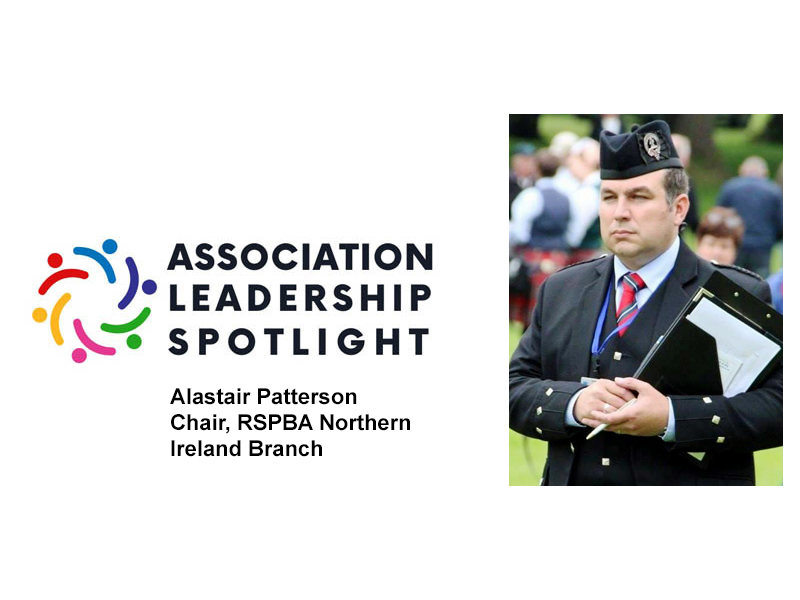
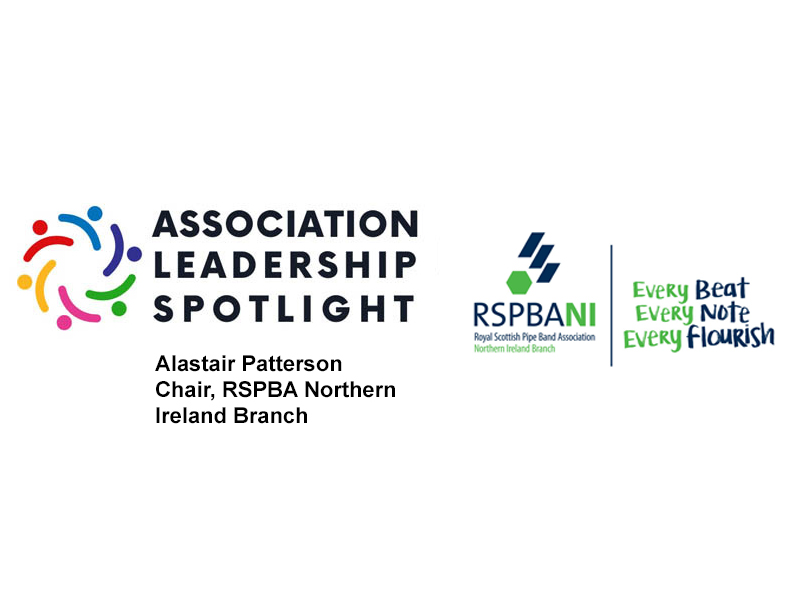
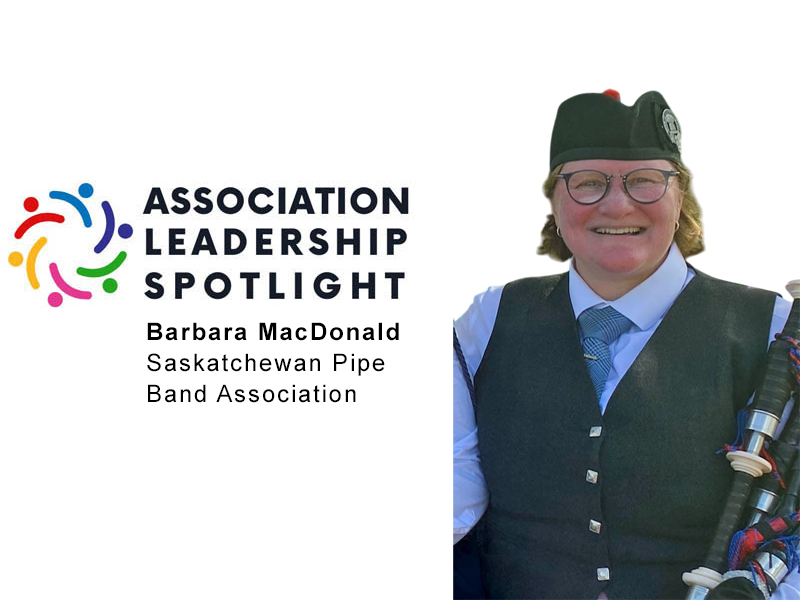


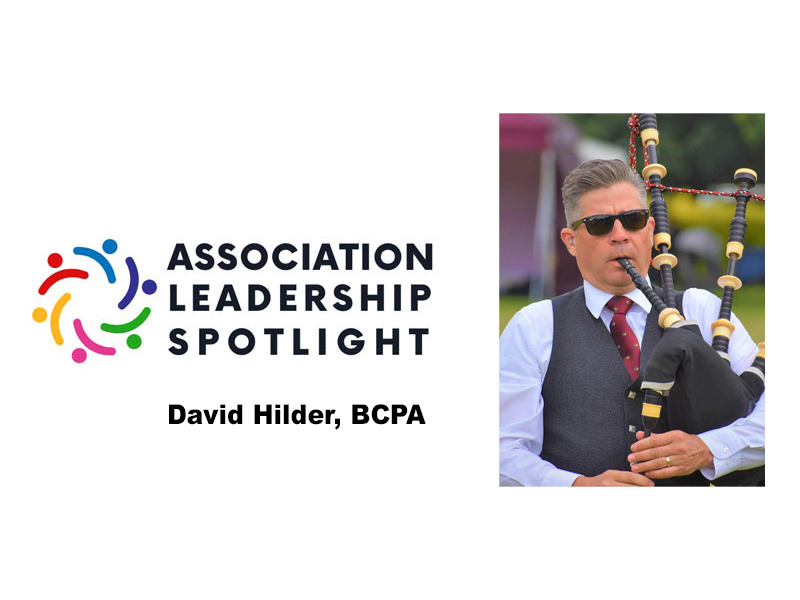
NO COMMENTS YET